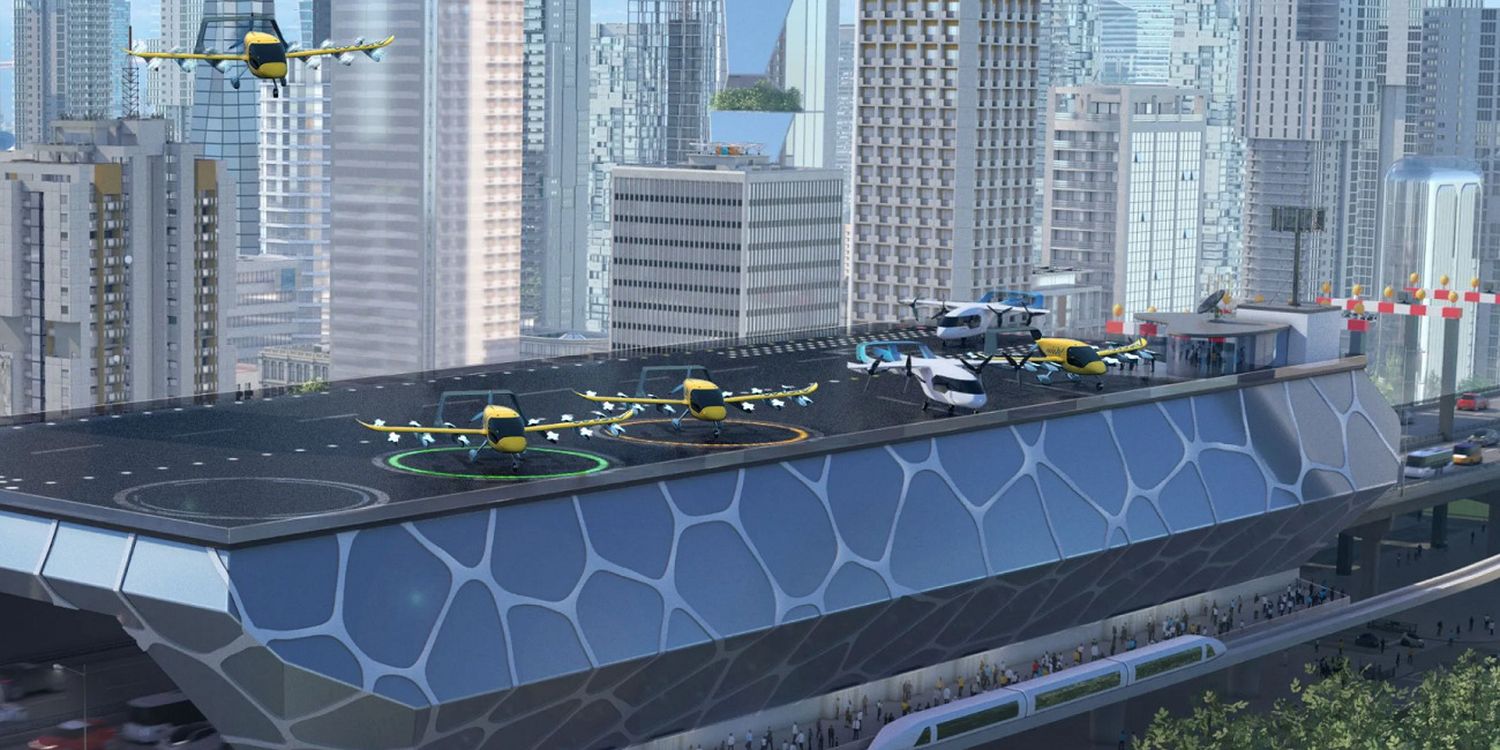Urban air mobility: Boeing and Wisk Aero unveil concept of operations
Yesterday, aerospace manufacturer Boeing and advanced air mobility (AAM) solutions developer Wisk Aero presented a concept of operations and released a roadmap for transitioning to a future where automated and uncrewed aircraft can support urban air mobility (UAM).
According to information provided by the two companies, the concept presented sets out the technological, regulatory and social recommendations needed to deploy urban air mobility ecosystems in the United States and integrate them into the national airspace system.
The joint project highlights the importance of advancing aircraft automation to reduce the workload of air traffic controllers and pilots of those vehicles that require them. It also sets out a range of work needed to improve the ground support infrastructure in order to enable operations under both visual and instrument flight rules, by day and night.
Boeing and Wisk Aero state that it will be necessary to invest in the study and development of new solutions to facilitate the development of this type of air mobility on a larger scale and thus reduce its costs and allow access to an increasing number of players.
Key issues
Among other measures, they argue that it will be necessary to build new spaces for the operation of electric vertical take-off and landing (eVTOL) aircraft, known as vertiports. The two companies recommended creating fleet operations centres to monitor aerial vehicle activity and optimise safety. Many currently operating heliports could also sustain operations.

«We are working to enable a future of aerospace that is safe, sustainable and at scale», said Brian Yutko, Boeing’s Vice President and Chief Engineer of Sustainability & Future Mobility. «Uncrewed operations will be fundamental to realizing that vision, and we have to exceed the current safety standards for the air transportation system», he explained.
«The important work we are sharing today provides a stepping stone in the advancement of urban air mobility in the United States and the world», said Gary Gysin, CEO of Wisk Aero. «The vison we have outlined is the result of many years of collaboration with Boeing, the FAA, NASA and key industry stakeholders», he added.
More joint work
Boeing and Wisk Aero have had a partnership for several months. In January this year, the American manufacturer confirmed a 450 million dollars investment to boost the certification process for new electric air vehicles. They are also working on the development of an autonomous eVTOL.

In fact, in 2017 Wisk Aero became the first American company to successfully conduct a test flight of an autonomous electric vertical take-off and landing aircraft. Since then, the company has been working on developing urban air transport vehicles and solutions with low environmental impact, as well as on their safe integration into existing airspace.
According to its developers, the prototype has a range of around 25 miles (40 kilometres) and can reach a cruising speed of up to 100 miles per hour (160 kilometres per hour). The fixed-wing aircraft has twelve independent lift fans for vertical ascent and descent, plus a single propeller.
See also: Eve will conduct the first urban air mobility simulation in the United States


Comentarios
Para comentar, debés estar registrado
Por favor, iniciá sesión